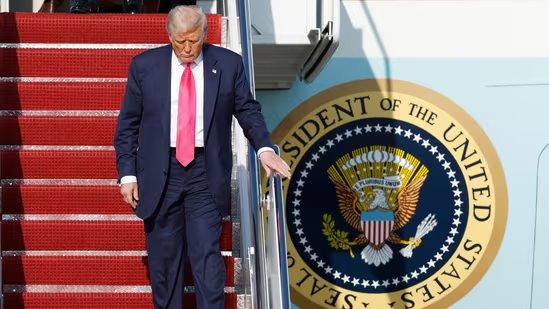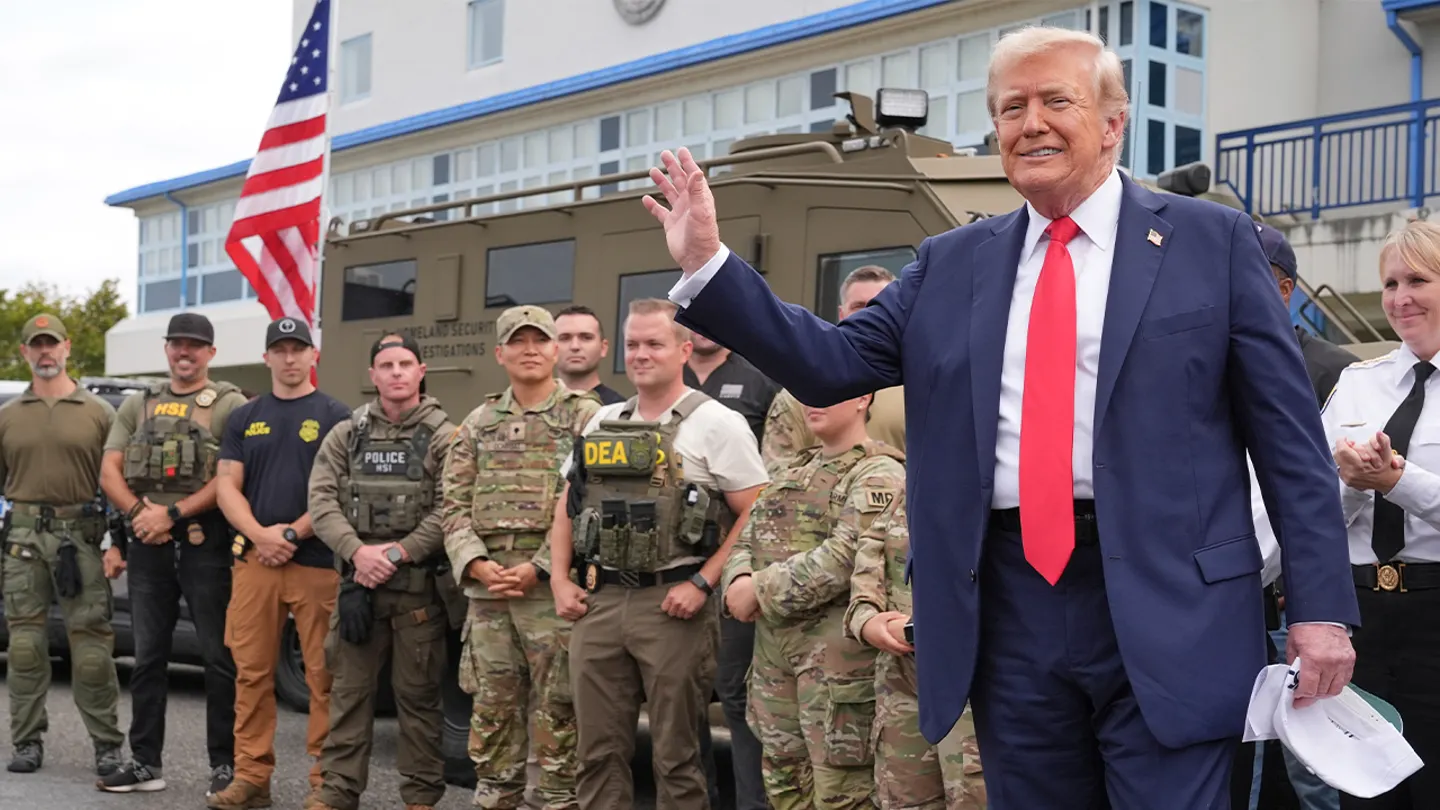Four months into his
aggressive
new trade policy, U.S. President Donald Trump has secured nearly $50 billion in tariff revenue, as most of America’s trading partners opt against significant retaliation.
According to newly released U.S. Treasury data, customs revenue surged to $64 billion in the second quarter—up $47 billion from the same period last year—marking a historic high. The gains come amid the rollout of sweeping tariffs, including a global minimum 10% duty, 50% levies on steel and aluminum, and 25% tariffs on imported automobiles.
While fears of a global trade war loomed early on, those tensions have largely failed to escalate. So far, only China and Canada have
issued
major countermeasures, while most other nations remain cautious.
“Trump has signaled he’s ready to raise tariffs even higher if countries retaliate,” said Marta Bengoa, professor of international economics at City University of New York. “Many remember the lessons of the 2018–2019 trade war, where tit-for-tat measures backfired and led to more confrontation.”
China has taken the most persistent stance, but its tariffs have produced minimal fiscal impact—its customs revenue rose just 1.9% year-over-year in May. Canada imposed C$155 billion in counter-tariffs earlier this year but has since scaled back due to economic strain.
Major U.S. trading partners,
including
the European Union, Mexico, and Japan, have avoided a direct response. The EU has drafted a retaliatory package targeting €72 billion in U.S. goods—ranging from bourbon to aircraft—but has postponed implementation, reportedly awaiting Trump’s August 1 deadline for trade talks.
“These issues touch every aspect of U.S.-EU relations, including defense,” an EU official told
Reuters
, hinting at the broader geopolitical implications tied to trade policy.
In the private sector, companies such as Apple, Mercedes-Benz, and Adidas have adjusted supply chains and absorbed added costs to protect U.S. consumers.
Trump’s tariff regime is now the most aggressive since the 1930s Smoot-Hawley Tariff Act.
Mexico, America’s largest
trading
partner, has taken a diplomatic approach. President Claudia Sheinbaum has prioritized negotiation over retaliation, citing economic stability as her administration’s focus.
Even China, which briefly raised tariffs to 145%, scaled back to 30% following a temporary truce negotiated in Geneva. Meanwhile, Canada has dropped plans for a digital services tax and pulled back from its earlier combative posture.
Still, concerns linger. European Trade
Commissioner
Maros Sefcovic recently warned that if the U.S. imposes a 30% tariff on EU exports, transatlantic trade could become “almost impossible.”
As Trump continues to press forward, the world watches to see whether restraint holds—or breaks.












